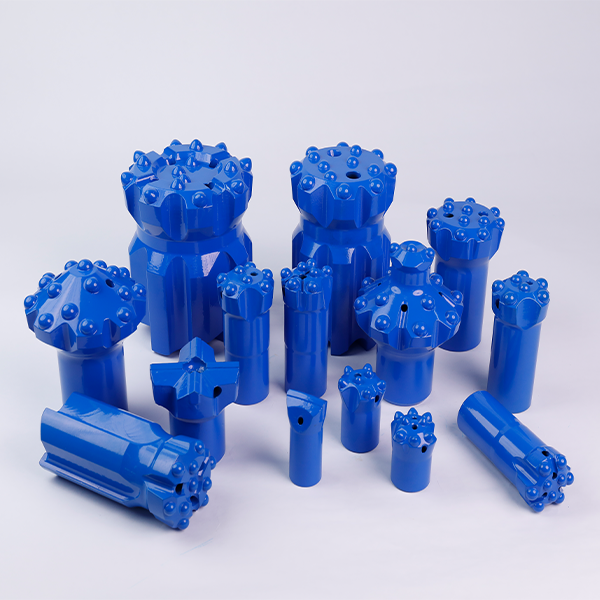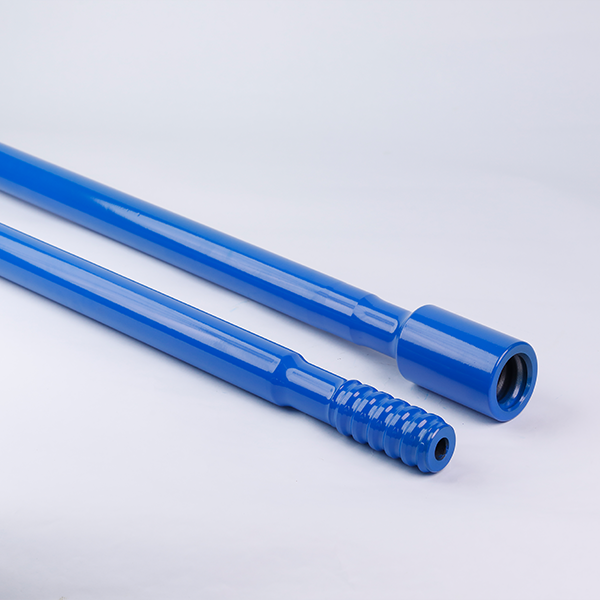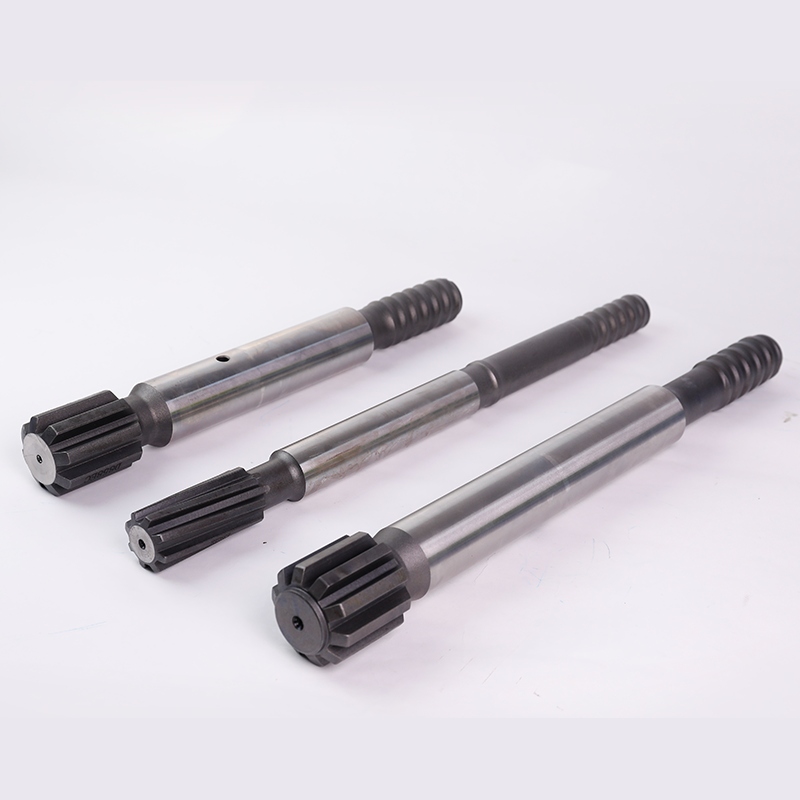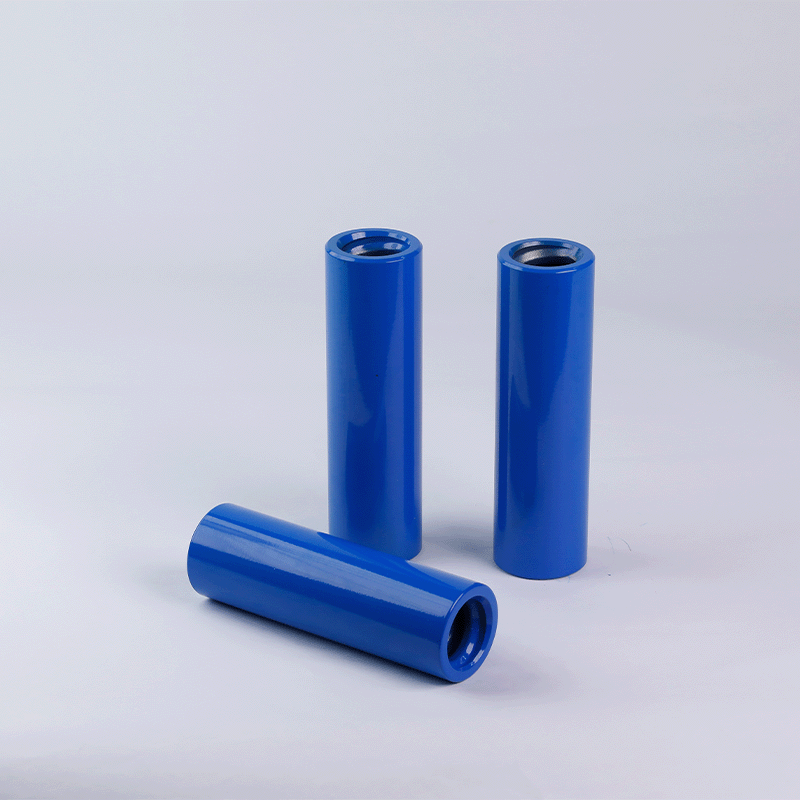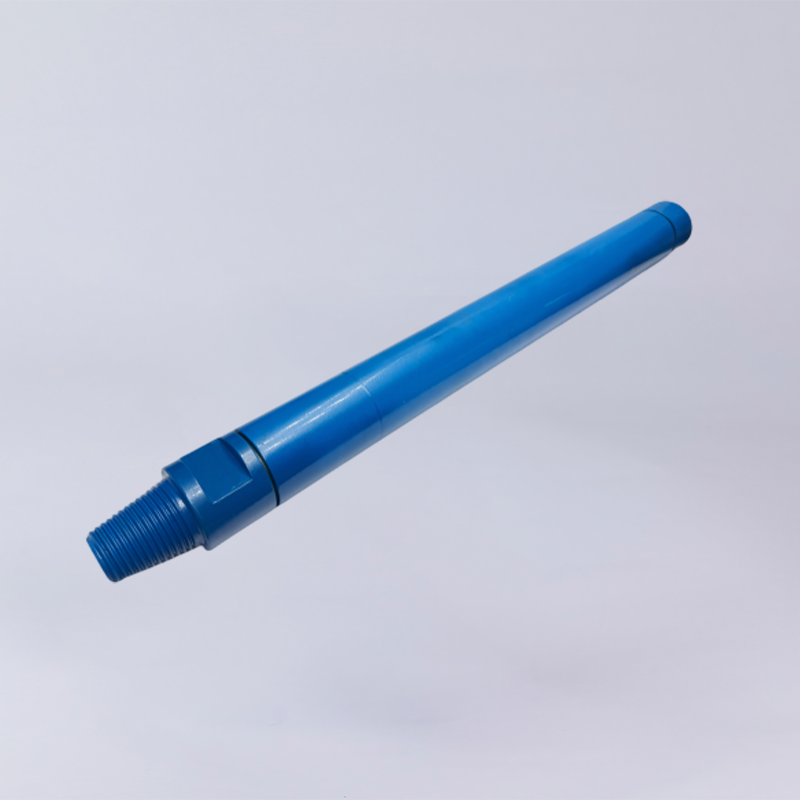In today's rapidly advancing mining technologies, DTH (Down-the-Hole) drilling jumbos play a pivotal role in key engineering sectors such as mining and railway construction due to their efficient and reliable performance. The working principle of a DTH drilling jumbo involves the high-frequency impact of a piston in the DTH hammer, combined with the continuous rotation of the drill bit to complete the drilling task. In this process, the performance of the hammer is crucial as it directly determines the rock-breaking efficiency of the drilling jumbo. To accurately evaluate the technical performance of the DTH hammer, three core indicators—impact frequency, impact power, and air consumption—are commonly used. In-depth research has shown that key drilling parameters such as drilling speed and rotation speed are intricately connected to the impact frequency. Properly adjusting the impact frequency not only optimizes the machine’s operating state but also significantly improves the drilling speed. So, how is the importance of impact frequency in DTH drilling jumbos reflected?
1. Improving Drilling Efficiency
The DTH drilling jumbo achieves drilling by the impact of the piston in the hammer on the drill bit. Impact frequency is one of the most important indicators for measuring the performance of the DTH hammer. Properly controlling the impact frequency can significantly improve the drilling speed. Real-time monitoring of impact frequency and adjusting the machine’s working parameters based on actual conditions can ensure the machine operates within the optimal impact frequency range, maximizing drilling efficiency.
2. Optimizing Drilling Parameters
Drilling speed, rotation speed, and other drilling parameters are closely related to the impact frequency. By monitoring the impact frequency in real-time, operators can assess the actual working conditions during drilling and optimize parameters such as axial pressure and air pressure to achieve the best drilling results.
3. Ensuring Equipment Safety
Both excessively high and low impact frequencies can damage the impactor and other parts of the DTH drilling jumbo. A high frequency may overload the equipment, while a low frequency may reduce drilling efficiency. Real-time monitoring of impact frequency helps identify and adjust abnormal frequencies promptly, preventing equipment damage and extending the machine’s service life.
4. Assessing Rock Properties
During drilling, variations in impact frequency can reflect the physical properties and structural characteristics of the rock. For instance, when encountering weak rock structures or bedding planes, the impact frequency tends to drop significantly. By analyzing these frequency changes, one can assess the stability, hardness, and integrity of the rock, providing crucial reference data for the drilling operation.
5. Guiding Drilling Operations
Real-time monitoring of impact frequency offers essential guidance and support during drilling. Operators can adjust the drilling strategy—such as changing drilling speed or altering the drill bit angle—based on the variations in impact frequency to adapt to different geological conditions and drilling needs. It helps achieve more efficient, stable, and safe drilling operations, increasing the safety and reliability of the operation.
6. Reducing Costs and Enhancing Economic Benefits
By optimizing impact frequency and drilling parameters, drilling efficiency can be enhanced, resulting in reduced drilling time and costs. Additionally, real-time monitoring and adjustments help prevent equipment failures and accidents, lowering maintenance and replacement costs. These measures together contribute to enhancing the economic and social benefits of the drilling operation.
Conclusion
The importance of impact frequency in DTH drilling jumbos is undeniable. It is not only a key indicator for assessing the performance of drilling machines but also a critical factor in ensuring efficient, precise, and safe drilling operations in modern engineering projects. Therefore, when selecting and operating a DTH drilling jumbo, it is crucial to pay close attention to controlling and optimizing impact frequency. Through scientific management and technical means, we can fully harness the performance advantages of DTH drilling jumbos, providing strong support for the smooth implementation and efficient completion of engineering projects.
As technology continues to advance and application scenarios expand, a deeper understanding and reasonable use of impact frequency in DTH drilling jumbos will bring significant benefits to sectors such as mining, geological exploration, and construction. It will help propel the industry to higher levels. Therefore, both equipment manufacturers and engineering applications should prioritize the regulation and optimization of impact frequency to explore its greater potential.

